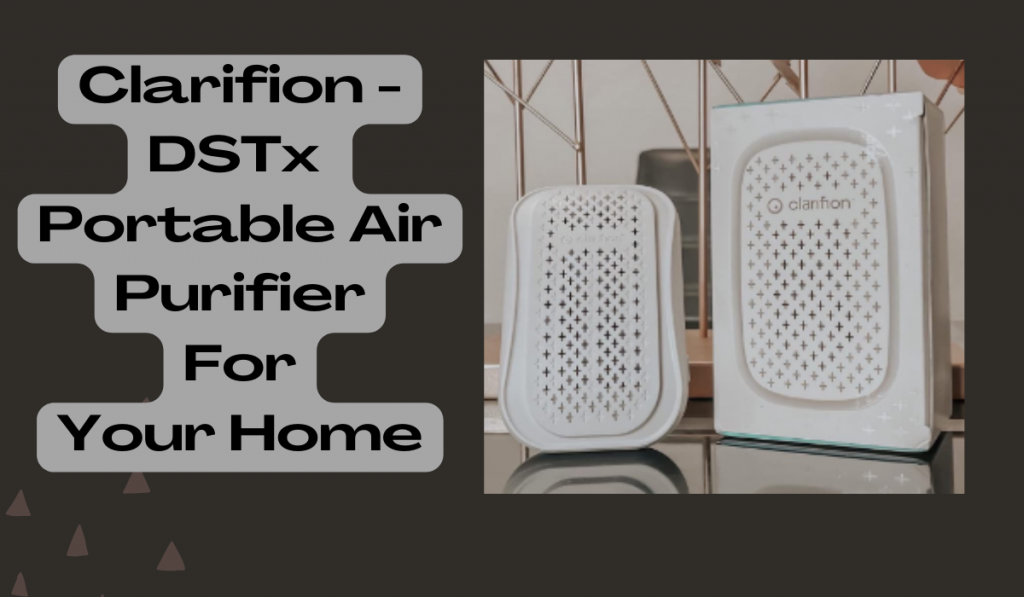In the realm of kitchen design, the dimensions of various elements play a crucial role in creating a functional and aesthetically pleasing space. One such dimension that holds significance is the standard kitchen counter depth. This article delves into the concept of standard kitchen counter depth, exploring its importance, variations, and considerations in designing a kitchen that seamlessly combines form and function.
Defining Standard Kitchen Counter Depth
What is Standard Kitchen Counter Depth?
Standard kitchen counter depth refers to the measurement from the front edge to the rear edge of a countertop. This dimension is a key factor in determining the layout and functionality of a kitchen. While variations exist based on design preferences and specific needs, adhering to standard dimensions ensures compatibility with commonly available appliances and cabinetry.
Significance in Kitchen Design
The standard kitchen counter depth is a foundational element in designing a workspace that promotes efficiency and convenience. Understanding this dimension is crucial for the placement of appliances, the design of cabinetry, and the overall flow of the kitchen. Striking the right balance between aesthetics and functionality begins with adhering to or strategically deviating from standard dimensions.
Variations in Standard Kitchen Counter Depth
Standard Depth Range
- Standard kitchen counter depth typically falls within the range of 24 to 25 inches (61 to 64 cm). This range accommodates the depth of common kitchen appliances, providing a uniform appearance and functional workspace.
Customization Options
- While the standard range serves as a guideline, customization is common in kitchen design. Homeowners may opt for deeper countertops to provide additional workspace or shallower counters to create a more open and streamlined look.
Appliance Considerations
- Appliances such as refrigerators, dishwashers, and ovens may have varying depths. Coordinating the counter depth with the depth of these appliances is essential for a cohesive and visually appealing kitchen design.
Design Considerations for Standard Kitchen Counter Depth
Workflow Efficiency
- Maintaining a standard kitchen counter depth enhances workflow efficiency. It ensures that countertops are at an ergonomic height and that there’s adequate space for meal preparation, cooking, and other kitchen tasks.
Cabinet Integration
- Standard counter depth facilitates seamless integration with kitchen cabinets. Cabinets designed to accommodate standard countertop depths ensure a cohesive and visually pleasing appearance.
Appliance Alignment
- Aligning the counter depth with that of the appliances promotes a cohesive and integrated look. It minimizes visual disruptions, creating a harmonious kitchen design.
Customization Trends and Considerations
Deeper Countertops for Functionality
- Some homeowners opt for deeper countertops, exceeding the standard range, to maximize functionality. This additional depth provides more workspace for meal preparation and accommodating appliances.
Shallower Countertops for Openness
- Conversely, shallower countertops can create a sense of openness and visual lightness in the kitchen. This trend is popular in modern and minimalist designs, where simplicity and clean lines are prioritized.
Multifunctional Islands
- Kitchen islands often deviate from standard depths, with some designed to include varying depths within the same island. This customization allows for different zones, such as a deeper section for food preparation and a shallower section for dining.
Achieving Harmony in Kitchen Design
Balancing Aesthetics and Functionality
- Striking a balance between aesthetics and functionality is paramount in kitchen design. While customization offers flexibility, maintaining a connection to standard dimensions ensures a practical and visually cohesive kitchen layout.
Considering User Height and Reach
- Customizing counter depth based on the height and reach of the primary users is a thoughtful approach. This consideration enhances the comfort and usability of the kitchen for those who frequent the space.
Future Resale Value
- For homeowners considering resale value, adhering to standard kitchen counter depth is a safe choice. Potential buyers may appreciate a kitchen layout that aligns with widely accepted standards.
Conclusion
Standard kitchen counter depth is a fundamental aspect of kitchen design that influences both the aesthetics and functionality of the space. While adhering to standard dimensions provides a baseline for compatibility with appliances and cabinetry, customization trends allow homeowners to tailor their kitchens to specific preferences and needs.
Whether aiming for a traditional kitchen layout with standard counter depths or opting for customized dimensions to suit a unique design vision, the key is to achieve a harmonious blend of form and function. As kitchens continue to evolve into multifunctional spaces, the thoughtful consideration of standard kitchen counter depth remains pivotal in creating a workspace that not only meets practical needs but also reflects the individual style and preferences of the homeowner.
James Martin is a passionate writer and the founder of OnTimeMagazines & EastLifePro. He loves to write principally about technology trends. He loves to share his opinion on what’s happening in tech around the world.


